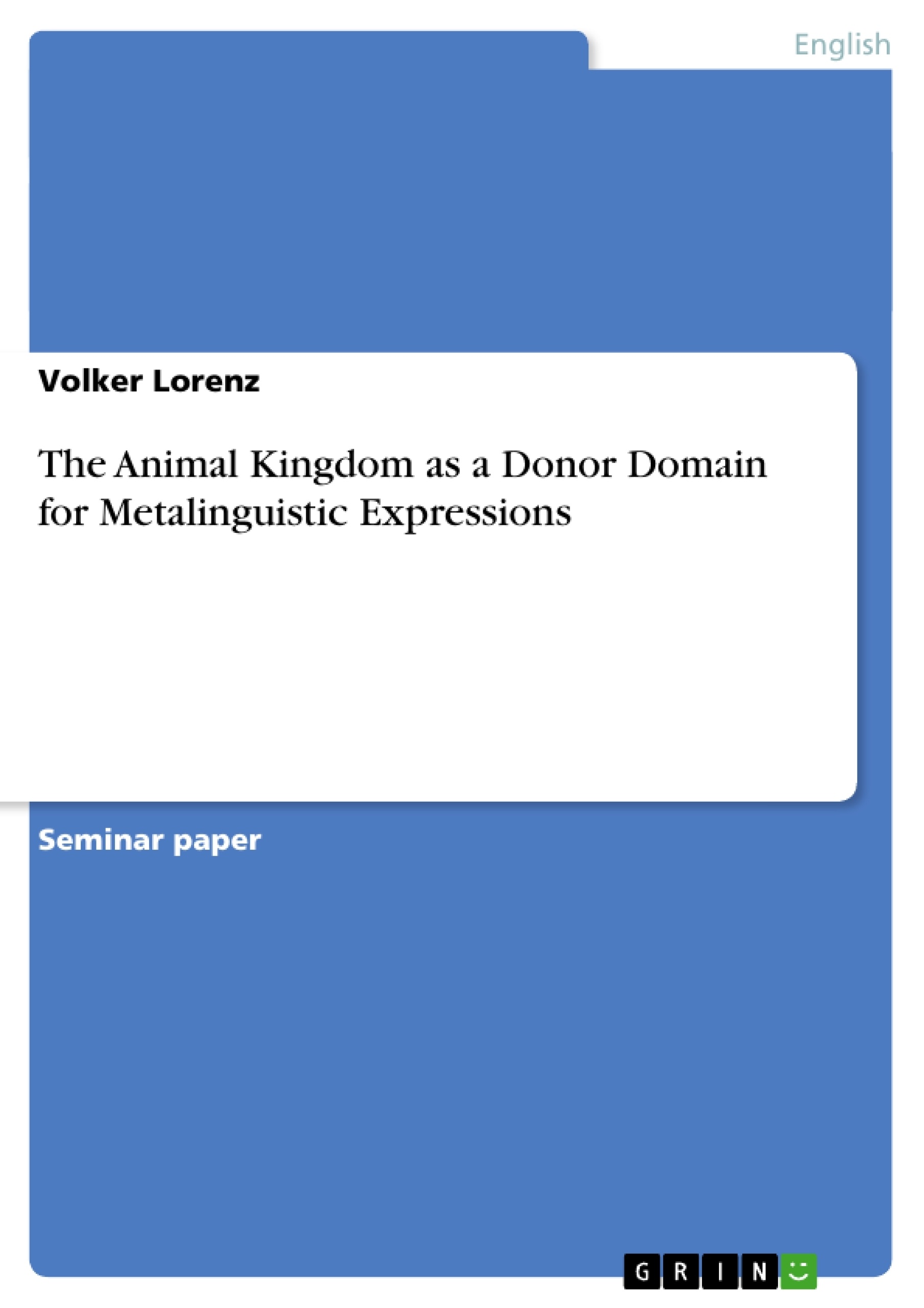A property of human language which makes it stand out among the ways living creatures communicate is its reflexive capacity. This capacity manifests itself as what is called metalanguage, i.e. reference to general regularities of language, reports or explicit descriptions of linguistic action, indexical forms varying with the actual event of speaking, or prosodic variation forming illocutions.
Why a seemingly marginal object for this paper? As Vanparys points out, “various linguistic action verbials (eg scream, shout, whisper, yell, …) pick out the acoustic quality of the reported speech event as their major meaning component“, and among these linguistic action verbials specifying the acoustic quality of a particular reported speech event “two donor domains stand out for their prominence: animal sounds and music. Indeed, a whole range of verbials expressing the production of sounds by animals can be applied to human communication.”
Table of Contents
- 1. INTRODUCTION: A SHORT SURVEY OF METALINGUISTICS
- 2. FAUNA-BASED EXPRESSIONS
- 2.1 FAUNA-BASED EXPRESSIONS WITHIN METALINGUISTICS
- 2.2 EFFECTS OF FAUNA-BASED EXPRESSIONS
- 3. OBJECTIVES AND EXPECTATIONS
- 4. METHODOLOGY
- 4.1 PREVIOUS WORK FOR THE SEMINAR HOME ASSIGNMENT
- 4.2 ONLINE RESOURCES FOR BESTIAL EXPRESSIONS
- 4.3 A QUESTIONNAIRE FOR NATIVE SPEAKERS
- 5. ANALYSES OF FAUNA-BASED EXPRESSIONS' USAGE
- 5.1 PRELIMINARIES
- 5.2 THE EXPRESSIONS IN QUESTION
- 5.3 ANALYSIS BY NOVELTY (ACCORDING TO FIRST APPEARANCES)
- 5.4 ANALYSIS BY PRODUCTIVITY (ACCORDING TO TOTAL NUMBER)
- 6. CASES OF DOUBT
- 6.1 CASES OF SIMULTANEITY
- 6.2 CASES OF FORESTALLING
- 7. SUMMARY
Objectives and Key Themes
This paper aims to thoroughly investigate metalinguistic expressions that utilize the animal kingdom as their primary source domain. It seeks to analyze the different animal classes contributing to these expressions, examining the time periods of their influence, and exploring the linguistic development of the verbials involved. The study also considers the value judgments associated with these expressions, investigating potential trends and reasons behind their adoption into language.
- Diachronic development of fauna-based metalinguistic expressions.
- Analysis of the value judgments (positive and negative) conveyed by different animal-based metaphors.
- Investigation of the animal classes most frequently used as donor domains in metalinguistic expressions.
- Examination of the linguistic structures (verbials and nominalizations) employed in these expressions.
- Exploration of potential reasons for the historical shifts in the use of fauna-based expressions.
Chapter Summaries
Chapter 1 provides a brief overview of metalinguistics, focusing on its reflexive capacity and the use of metaphor in representing speech acts. Chapter 2 introduces the concept of fauna-based expressions within metalinguistics, highlighting their prevalence and the negative connotations often associated with them. It also notes some exceptions with positive connotations related to bird sounds. Chapter 3 details the objectives and expectations of the paper, outlining its scope and methodology. Chapter 4 describes the research methods employed, including previous work, online resources, and a questionnaire for native speakers. Chapter 5 presents an analysis of the usage of fauna-based expressions, considering novelty and productivity. Chapter 6 explores cases of simultaneity and forestalling in the development of these expressions.
Keywords
Metalinguistics, animal kingdom, metaphor, diachronic analysis, verbials, value judgments, linguistic action, donor domain, animal sounds, semantic change.
- Quote paper
- Volker Lorenz (Author), 2007, The Animal Kingdom as a Donor Domain for Metalinguistic Expressions , Munich, GRIN Verlag, https://www.grin.com/document/125548




